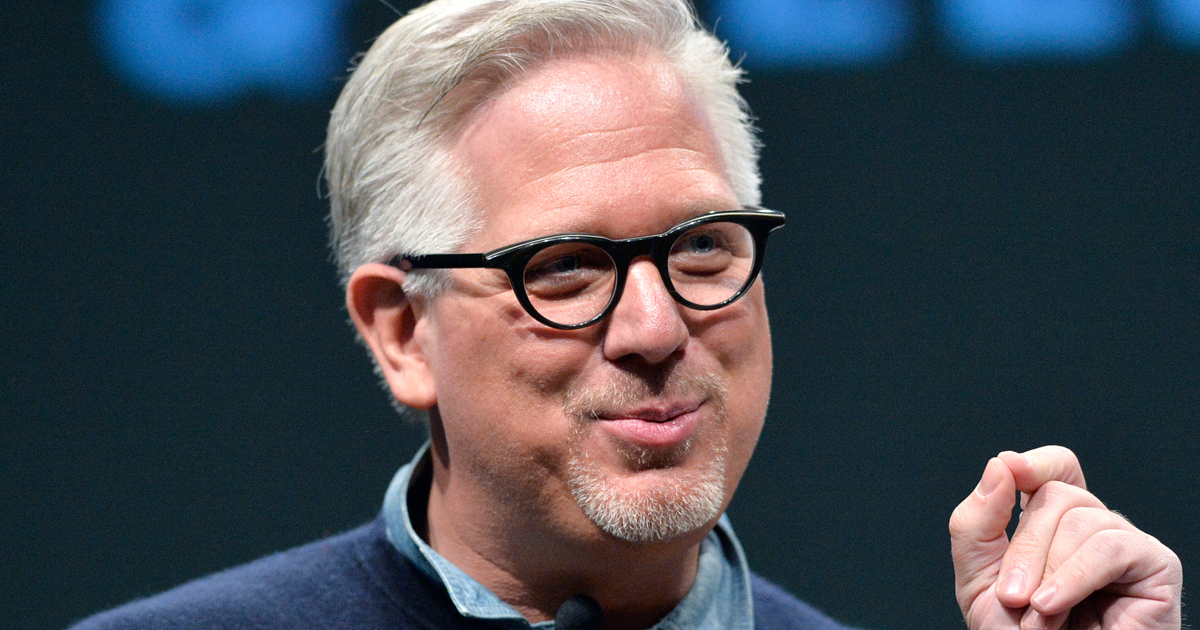The big news this week is the historic agreement between Iran and the U.S. and its allies over the former’s nuclear program. It is the result of over a year and a half of tense and even grueling diplomatic wrangling that President Obama hopes will be the capstone of his foreign policy accomplishments as Executive. President Obama has stated he will use his veto power, should Congress attempt to derail the treaty.
The history of Iran’s nuclear program goes back nearly six decades. In March of 1957, the Eisenhower Administration announced its “Atoms for Peace” Program. Ten years later, as part of an agreement for “cooperation in research in the peaceful uses of atomic energy,” the U.S. supplied Iran with a nuclear reactor for research purposes. The following year, Iran signed the Nuclear Non-Proliferation Treaty – and its nuclear program became subject to verification by the International Atomic Energy Agency (IAEA).
In the 1970s, Shah Mohammad Reza Pahlavi, understanding that petroleum reserves were finite, instituted a plan to build 23 nuclear reactors by the end of the century. The U.S. and its allies were happy to provide assistance.
All that came to an end with the Iranian Revolution of 1979.
The ensuing history – two decades of mutual distrust, secrecy, deceptions and diplomatic tensions is well-documented. Suffice it to say, the current treaty promises to diffuse that tension and provide assurances – through a verification process – that Iran’s nuclear research is being channeled into peaceful avenues.
The U.S. and its allies have been primarily concerned with Iran’s ability to produce weapons-grade nuclear fuel. The actual fuel is a uranium isotope (a specific form of an element), known as U-235. In order to separate this out, a centrifuge is required; the process is called enrichment. Nuclear fuel used for reactors at power generation plants is of low quality, with the uranium being enriched to around 5%. Weapons-grade uranium must be of a much higher quality, enriched to over 90%. Over the past few years, Iran’s scientists and engineers have been enriching uranium ore to approximately 20% – too low to make weapons, but far higher than necessary for generating electricity.
Under this treaty, Iran has agreed to limit enrichment to well under 4%. In addition, about half the centrifuges at one uranium plant will be shut down; the other plant will be converted into a research facility. Finally, Iran will limit the amount of low quality uranium it stores to 660 pounds.
The other part of the equation involves plutonium, which is used exclusively for weapons manufacture. Plutonium is not a naturally-occurring element. It is created through an irradiation process, in which uranium ore is exposed to high levels of radiation in a heavy water reactor (“heavy” water contains deuterium, a hydrogen isotope). Iran had been building such a reactor near the city of Arak. According to the terms of the treaty, Iran has agreed to re-design this reactor and shut down the core that would have made it possible to produce weapons-grade plutonium. In addition, all spent fuel (which could also be used to build a nuclear warhead) will be removed from the country. Iran has agreed not to construct any more heavy water reactors.
With these restrictions in place, it will be impossible for Iran to engineer nuclear weapons. Iran must abide by these restrictions and submit to IAEA inspections through 2030. In exchange, the U.S. and the United Nations Security Council have agreed to lift economic and trade sanctions that have been imposed on Iran, some of which date back to 1995. One consequence will be the freeing up of $150 billion in Iranian assets. In addition, Iran will once again be able to export petroleum – which could have profound effects on the U.S., as gasoline prices are likely to plummet.
Congressional Republicans, naturally, are furious. Senator Lindsey Graham of North Carolina lives “in fear” that the treaty will “set in motion a decade of chaos.” Arizona Senator John McCain calls the treaty “delusional and dangerous,” while House Speaker John Boehner insists that it “will only embolden Iran…by helping stabilize and legitimize its regime as it spreads even more violence and instability in the region.” Mostly however, the GOP is whining because the President’s success in negotiating this treaty has further undermined their credibility with the public.
Furthermore, the GOP-dominated Congress shot itself in the foot by granting the President the power to waive U.S. sanctions without their approval. The only way to revoke that power would be to pass new legislation by a veto-proof majority – and that’s not likely to happen.
This historic treaty is only the beginning. Iran will have to demonstrate good faith by following through with its agreements. The terms of the treaty will be implemented in steps; should Iran fail to abide by those terms, sanctions will quickly “snap” back into place. Nonetheless, President Obama has played a significant part in making the Middle East a less dangerous and volatile place.
Under the Constitution, the negotiation of international treaties is an important function of Executive Office. President Obama has performed his job admirably in this respect – and there isn’t a damn thing his GOP detractors can do about it.



